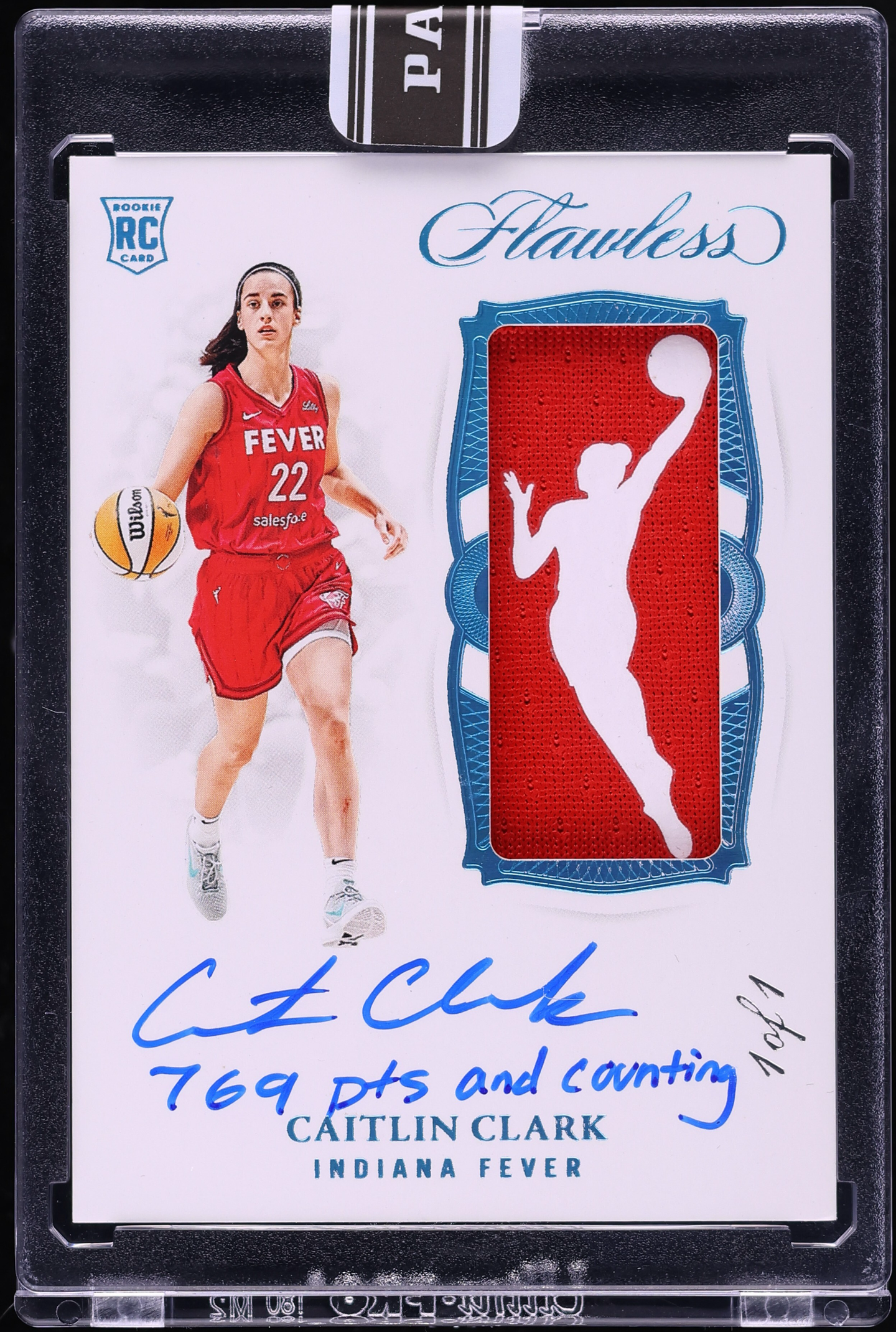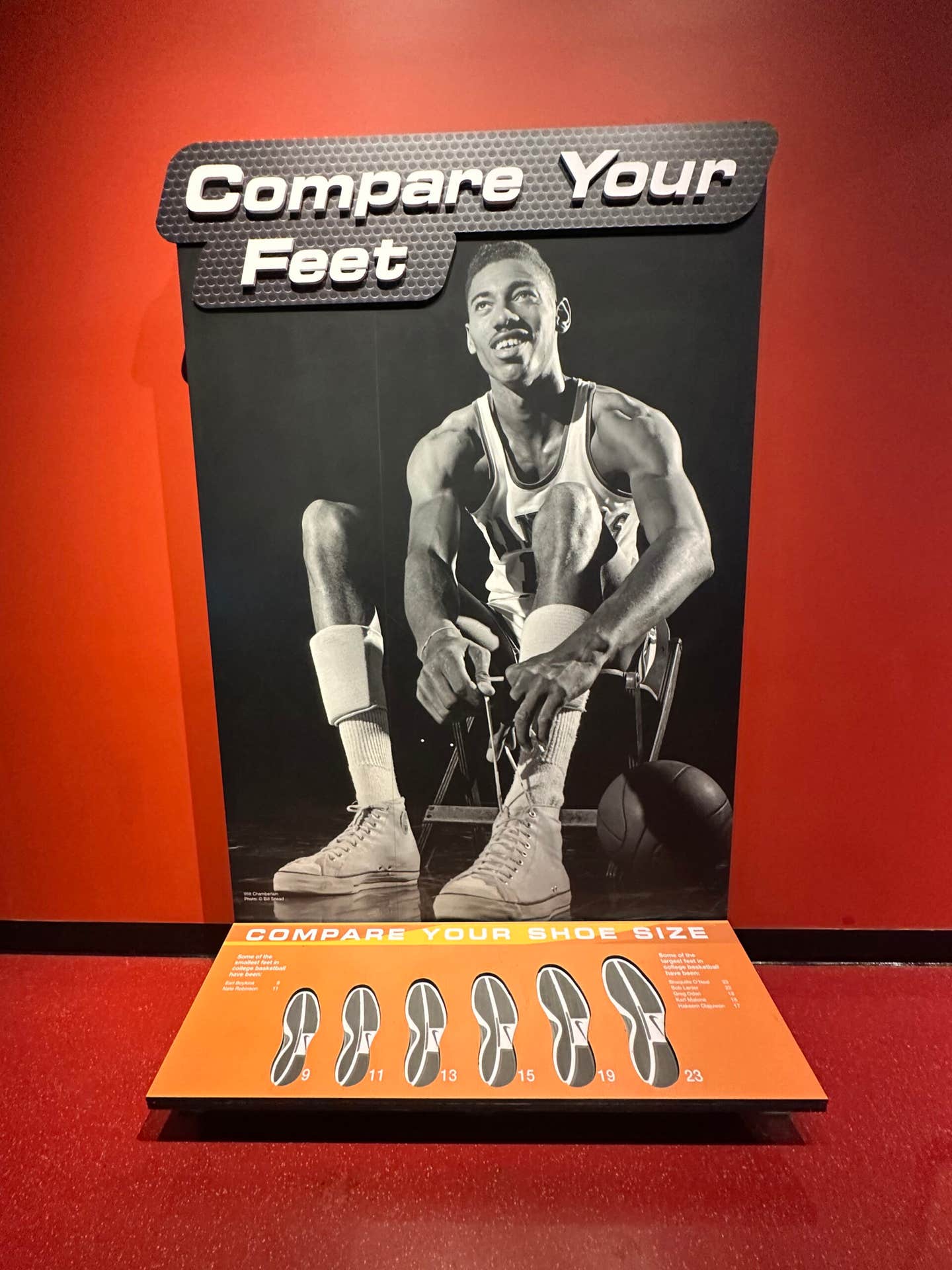News
Toronto Expo Recap: Catching Up With Campaneris, Madden
By Hank Davis
Despite its well-earned reputation as the hockey show, the Spring 2015 Toronto Expo offered a growing number of baseball fans a pretty good show for their money also.
Hockey greats Johnny Bower, Frank Mahovlich, Red Kelly, Jean-Sebastien Giguere, Les Binkley, Paul Henderson, Paul Coffey and Pierre Pilote were featured at the three-day Expo, but it was the baseball contingent that surprised and delighted fans of Canada’s “second sport.”
The big-ticket item was Blue Jays legend Joe Carter, whose expansive personality is always a hit on the autograph circuit. And who can forget that memorable day in October 1993, when with one swing of the bat he made World Series champions of the Toronto Blue Jays and dashed the hopes of Phillies fans everywhere?
In addition to Carter, the Fergie Jenkins Foundation (www.fergiejenkins.ca) presented Hall of Famer Rollie Fingers, Jays’ shortstop Tony Fernandez and six-time All-Star and stolen base champion Bert Campaneris. Campaneris, who originally signed with Oakland as a catcher, also pitched in the minor leagues. On one memorable day in 1962, he not only pitched and caught, but he played seven other positions – all in one game! He repeated the feat in the majors on Sept. 8, 1965.
“That’s what a utility player does,” insists Campaneris. “He plays anywhere; wherever they want him to.”
Campaneris is proud of the fact that he pitched an inning, giving up no runs or hits.
“I struck out Bobby Knoop who played second base for the California Angels. A 3-2 slider, I struck him out with that. He was a coach later on when I was still playing, and I reminded him. I said, ‘I knew you could hit my fastball, but you couldn’t hit the slider.’ He remembered.”
In fact, Campaneris took pitching a step further.
“I could pitch with either hand. I was like a switch-hitter. I pitched right-handed unless the batter was a leftie, then I could switch to the other hand.”
I asked if Campaneris kept a second glove on the mound.
“No, I used the same glove. I just turned it around. It was the same glove I used when I played the infield, too. I used it for everything.”
Did he ever face a switch-hitter?
“One time in the minors I faced Roy White – who could hit from either side. He knew I’d be pitching right-handed, so he stood in lefty. So I switched my glove around and he switched sides. We went back and forth until finally the umpire called time out and came to the mound. Tony La Russa was the shortstop at that time and he was my interpreter. (Author’s note: Cuban-born Campaneris spoke little English in 1962.)
“The umpire asked if I was going to pitch right or left-handed. I told him if White batted right-handed, I would pitch right-handed. If he hit leftie, I would pitch leftie. So he left it up to White to make up his mind. People in the stands were laughing. It went on for about 10 minutes, him switching at the plate, me switching the glove.
“Charlie Finley wanted me to do it in the majors, but I told him no. I didn’t want to hurt anybody. You have to practice all the time to have that kind of control to be safe.”
Another side of the memorabilia field was represented at the Expo by artist Paul Madden. Madden has done portrait work since 1972 when he was still in high school. Noted for his work with movie and TV celebrities, Madden began to work with In The Game, providing original artwork for some of the company’s card series.
“The card art keeps me pretty busy. I’ve done 10 or 11 series so far. I do the base cards for Sport Kings. I’m at the Expo now working on the drawings, talking to people who are curious about what I’m doing and promoting the series.
“I’m used to completing card art in just a couple of hours. Lately, I’ve done some hand-painted jerseys. It’s a whole different thing and it’s not always fun. The best part of what I do has been developing relationships with the people I draw. Gordie Howe is a good example. We’re friends now, and it began with the drawing I did of him.”
I mentioned a recent SCD article describing the working conditions of artists who cranked out some classic baseball portraits for Topps during their Golden era in the early 1950s. Closeted away in a small room, working from black-and-white photos on nearly impossible deadlines, some enduring images were created by men who labored anonymously.
Madden replied, “Those times have changed. Most artists today are freelancers rather than salaried employees working in-house. They work for all different companies and have better control of their working conditions. I’ve predominantly worked for In The Game. I did a series called Enshrined where I did portraits of 200 Hall of Famers. They called me in to do a show where they had me sign 10 copies of each card on the back and numbered them ‘1 of 10,’ etc. That gave me the opportunity to sign my work, which doesn’t usually happen with card companies.”
Madden also noted that, “Sometimes it’s hard to tell whether a card is ‘art’ or the result of some Photoshop program. I’ve actually had people come up to me during a show like this, watch me draw for about 10 minutes and ask what software program I was using. And they’re watching me draw!”
With its 400 dealer and corporate booths, the Toronto Expo truly had something for everyone, from autographs and memorabilia to millions of 5-cent and 10-cent common cards, along with rare showcased items with equally rarified price tags.
Hard and soft-covered editions of Hank Davis’s book “Small-Town Heroes: Images of Minor League Baseball” are available on amazon.com and eBay. He can be reached at
hdavis@uoguelph.ca.








